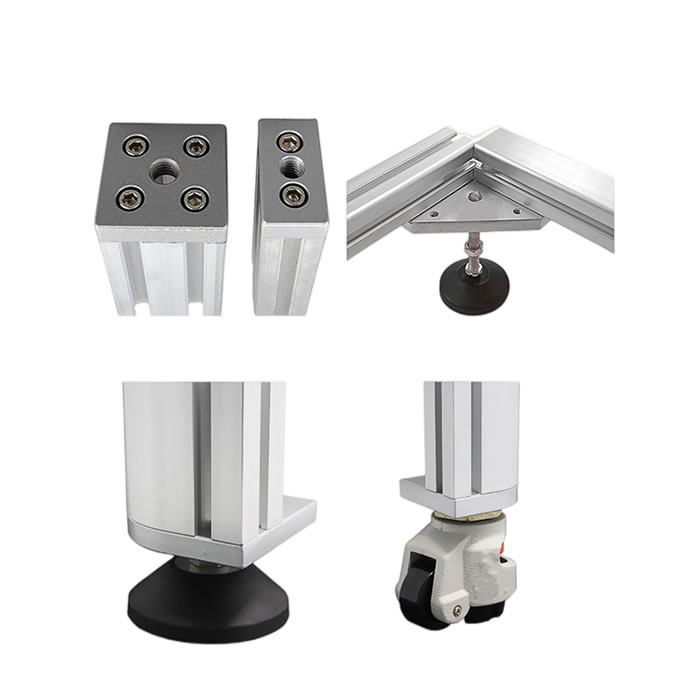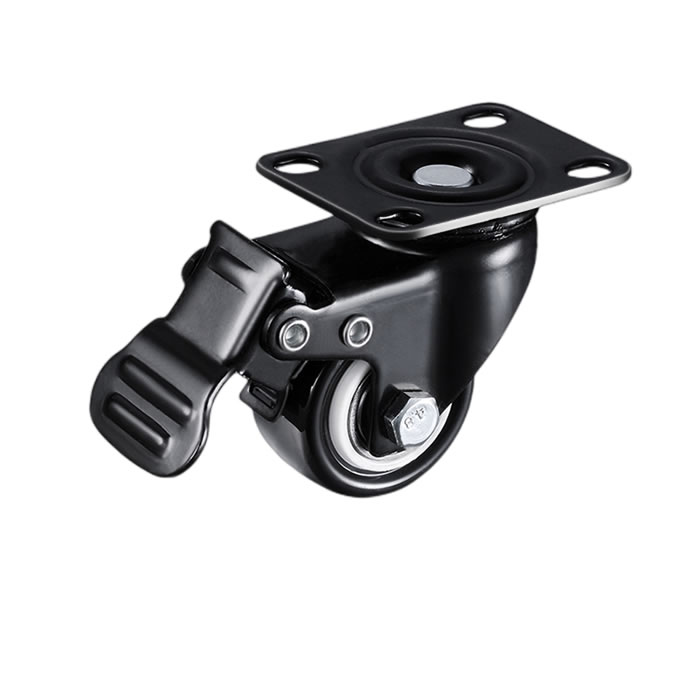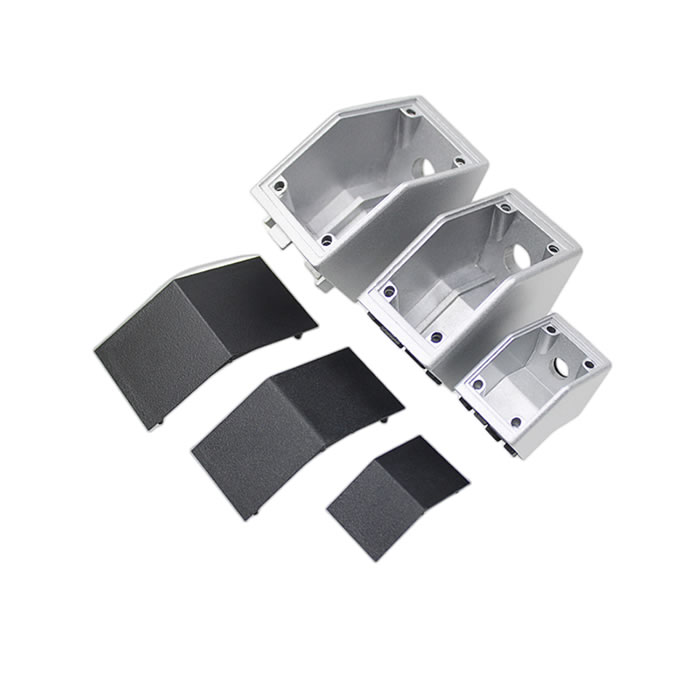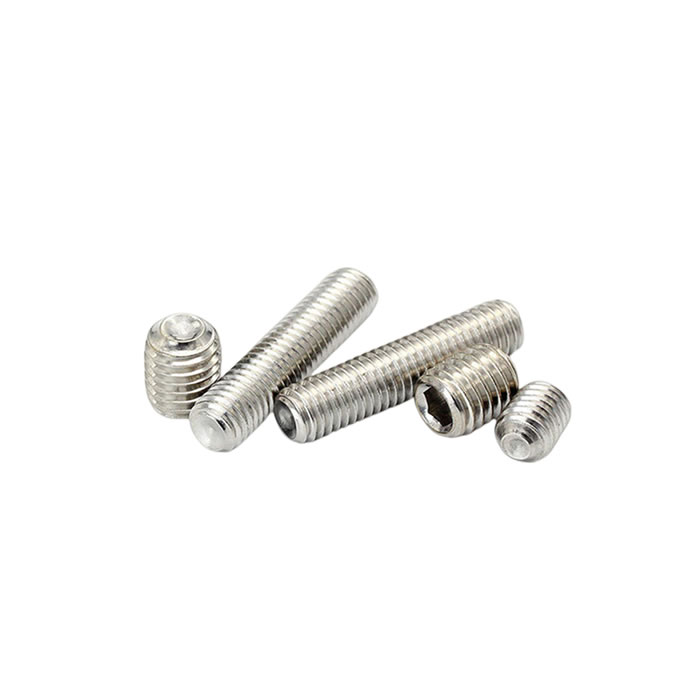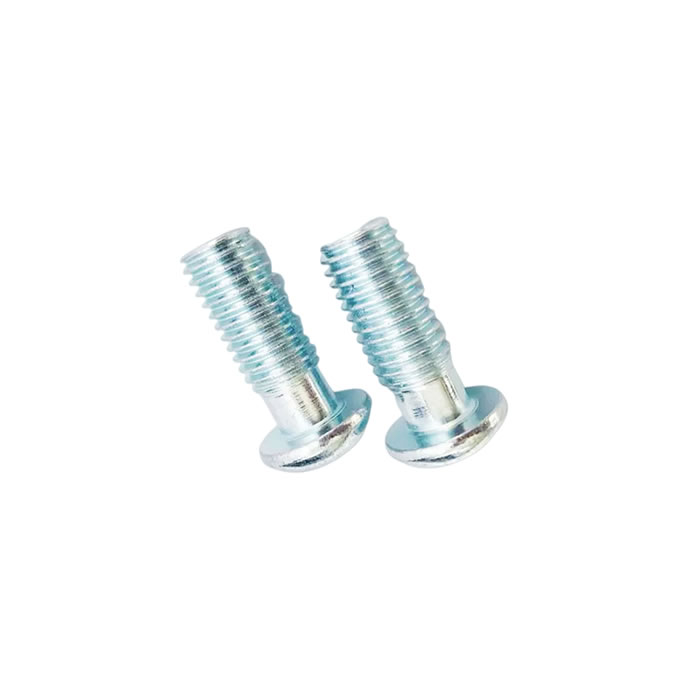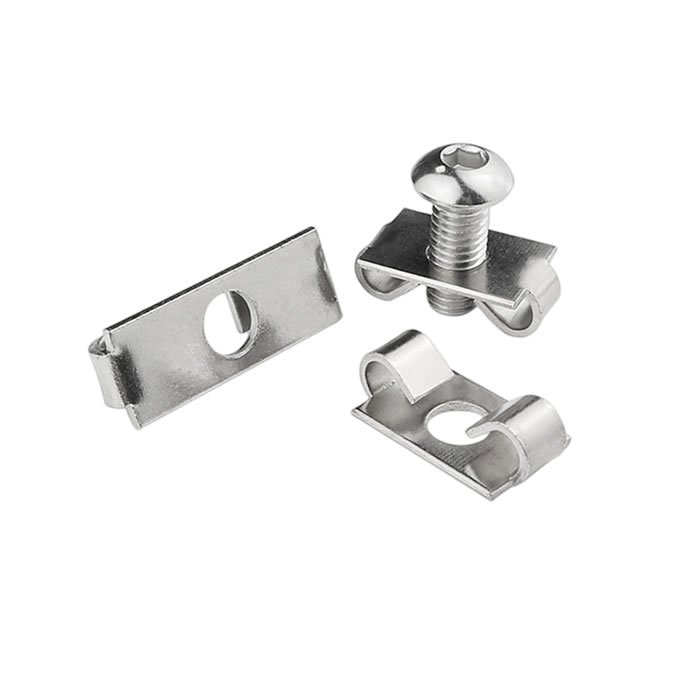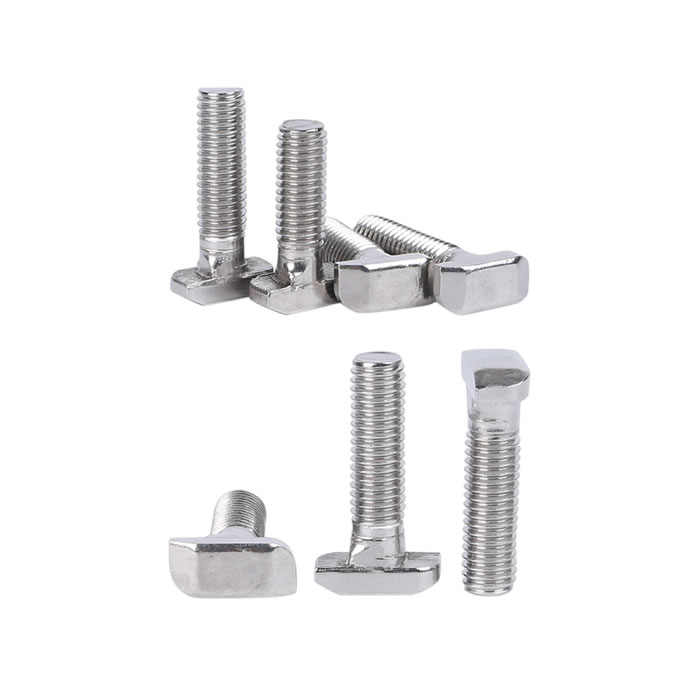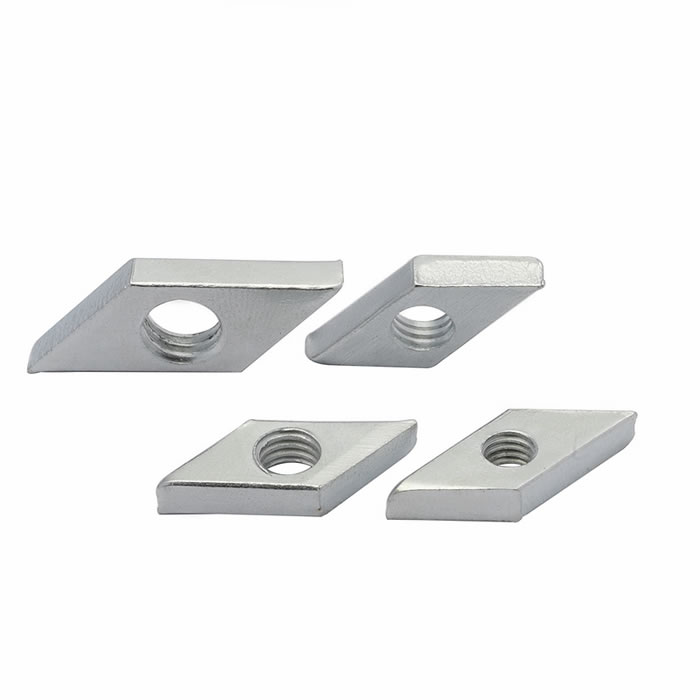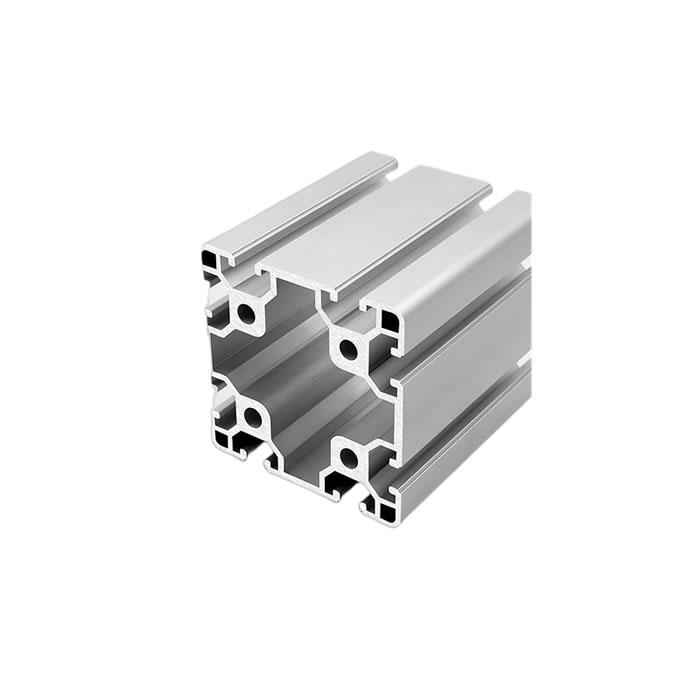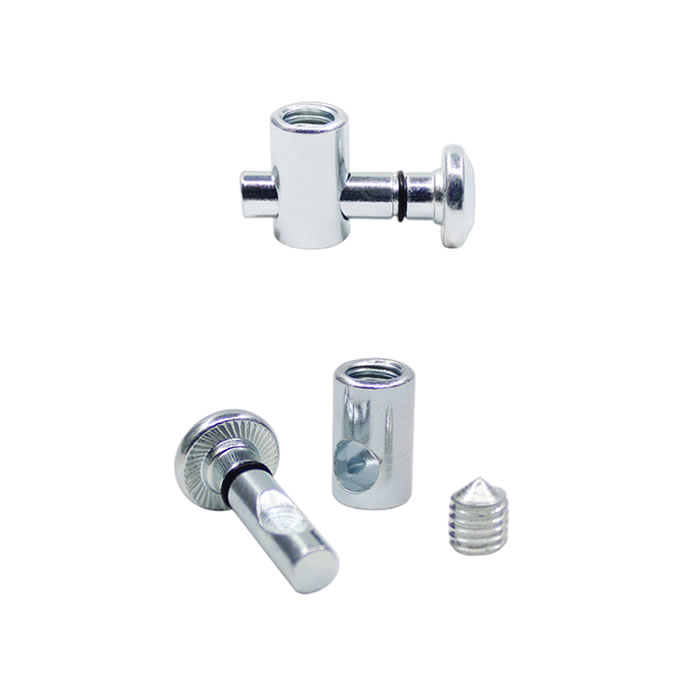Regarding the pressure resistance of aluminum substrates
What is aluminum substrate?
Aluminum substrate is a metal-based copper-clad board with excellent heat dissipation capabilities.
Generally, a single-sided board consists of three layers: the circuit layer (copper foil),
the insulation layer, and the metal base layer.
During the manufacturing process, there are no issues with the voltage resistance of the aluminum substrate when measuring the sheet material.
However, after forming, problems arise with its voltage resistance.
The main causes of poor pressure resistance in aluminum substrates are as follows:
1.The safety clearance between copper and aluminum in the design is too small.
According to industry regulations, the safety clearance between copper
and aluminum should meet the following requirements in terms of conductivity:
When the voltage reaches 1000 volts, the safety clearance must be greater than 1 millimeter.
When the voltage reaches 2000 volts, the safety clearance must be greater than 2 millimeters.
When the voltage reaches 3000 volts, the safety clearance must be greater than 3 millimeters.
Issues such as burrs during the formation of the aluminum substrate, burrs around the holes,
and offset hole positions during formation may lead to smaller safety clearances.
These three points are common problems in the production of aluminum substrate PCBs
and require visual inspection to ensure that there are no adverse blackening spots.
2.Deviation of holes formed on aluminum substrate
If there is a hole ring at the edge of a hole, this deviation will cause the hole ring to be too close to the aluminum base.
During high-voltage testing, due to excessive voltage on the surface of the aluminum,
discharge phenomena can occur at the position of the hole ring, leading to upward ignition.
This requires visual inspection for any adverse blackening spots around the hole.
3.Wear surface of the hole ring
The main manifestation of wear on the hole ring surface is poor treatment of the formed hole wall,
resulting in debris inside the hole. During high-voltage testing, the power generated at the tip is caused by the debris,
and the aluminum discharges unevenly to the dielectric layer, leading to upward ignition.
This can be detected through visual inspection of defect points.
4.Burrs or flash at the forming edge
If there are burrs or flash at the edge, due to insufficient safe distance on the copper surface,
there may be tip discharge, ignition points located at the edge of the board,
and the appearance of defect points near the copper surface.
How to solve the following problems?
1.Increase the thickness of the laminated dielectric layer and reduce the occurrence of voids in the dielectric layer.
2.Try using small test boards to reduce potential arc discharge.
3.Design the copper surface with mostly rounded corners to reduce the occurrence of sharp edge discharge.

